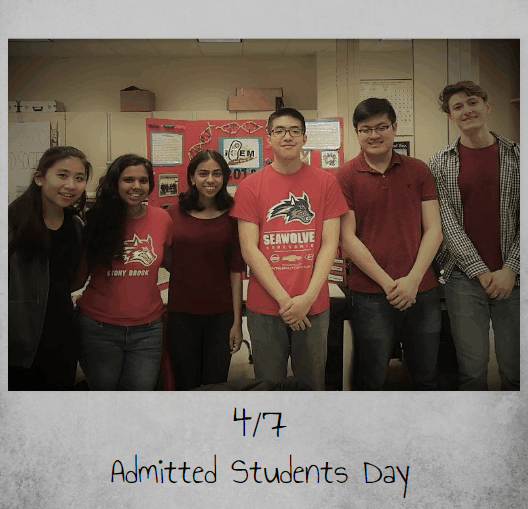

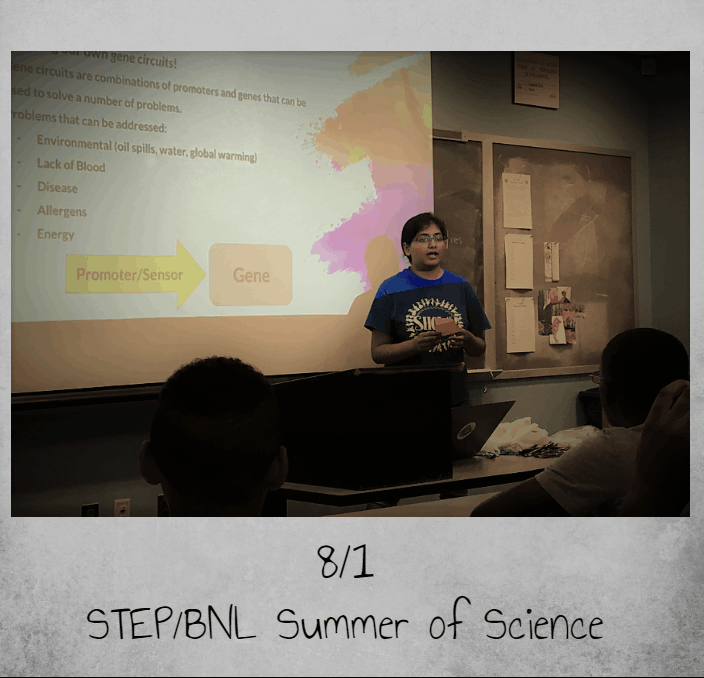
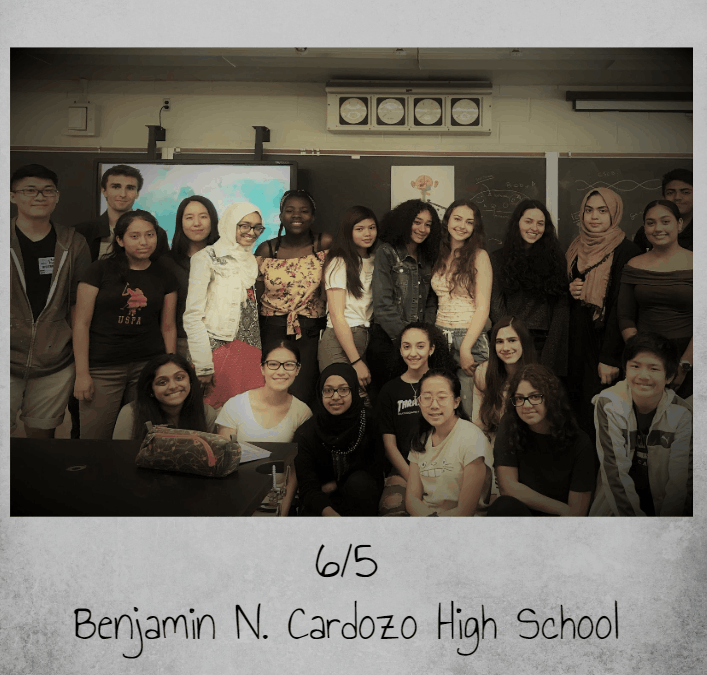
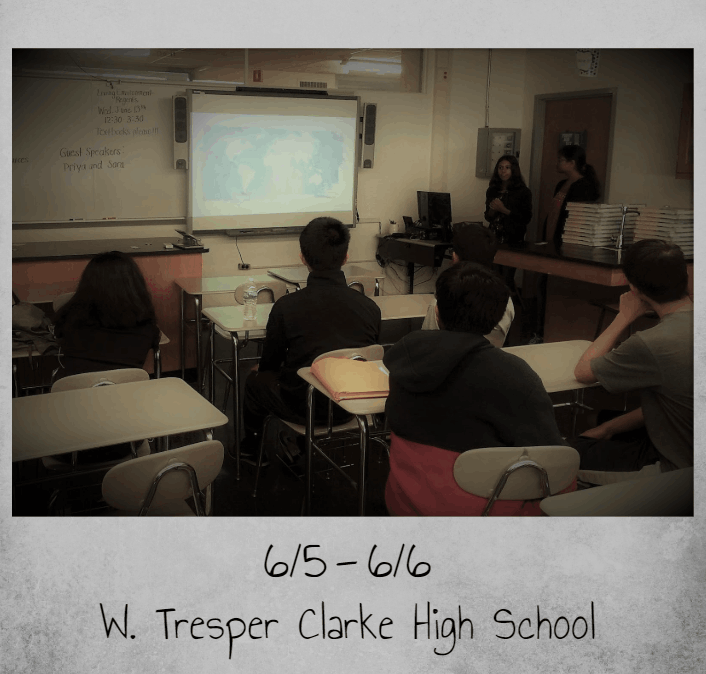
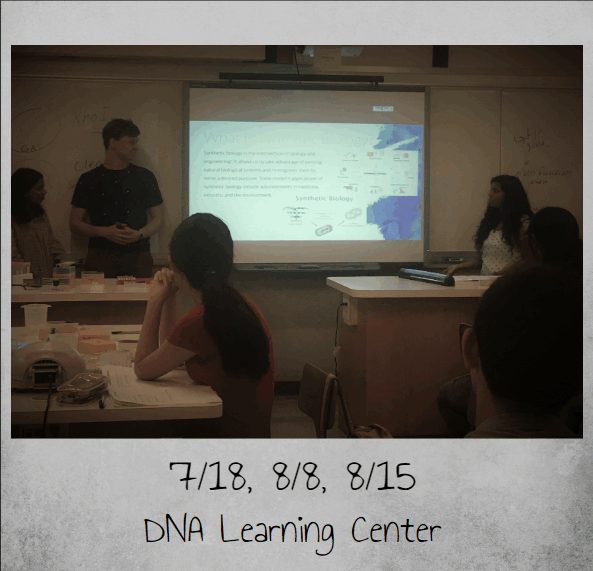
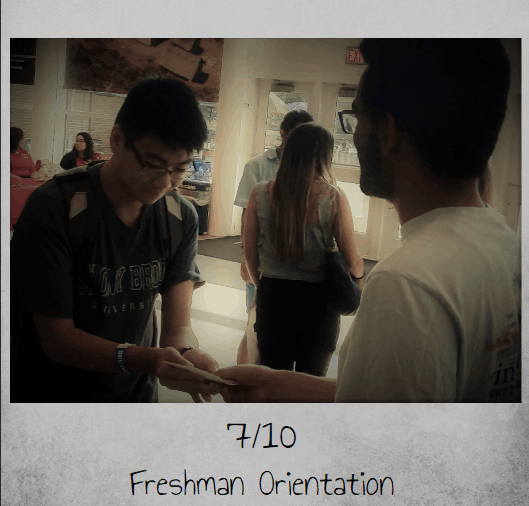
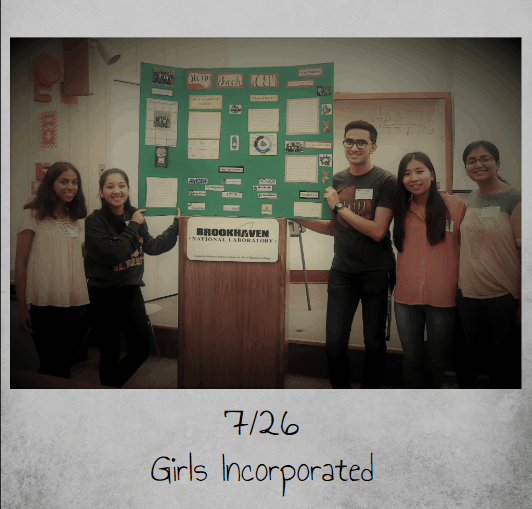
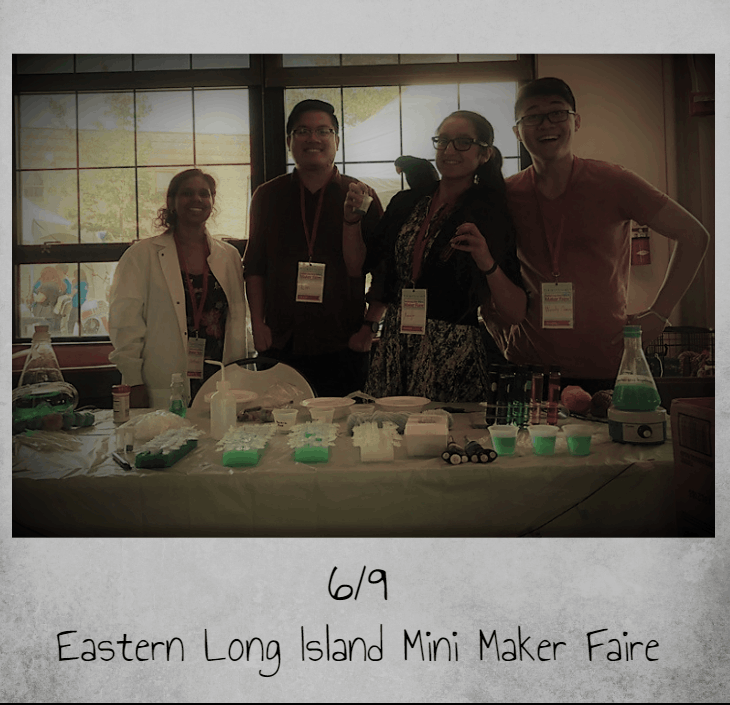
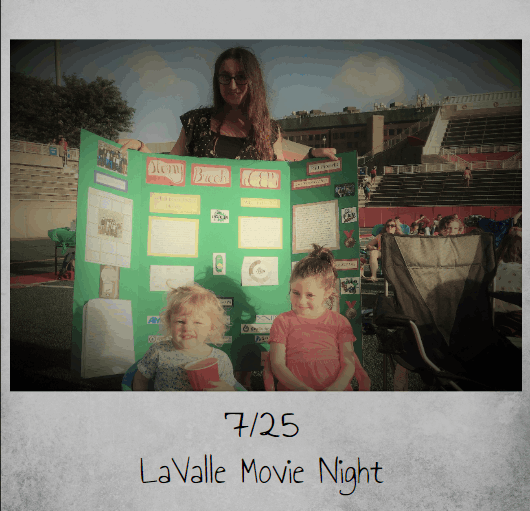
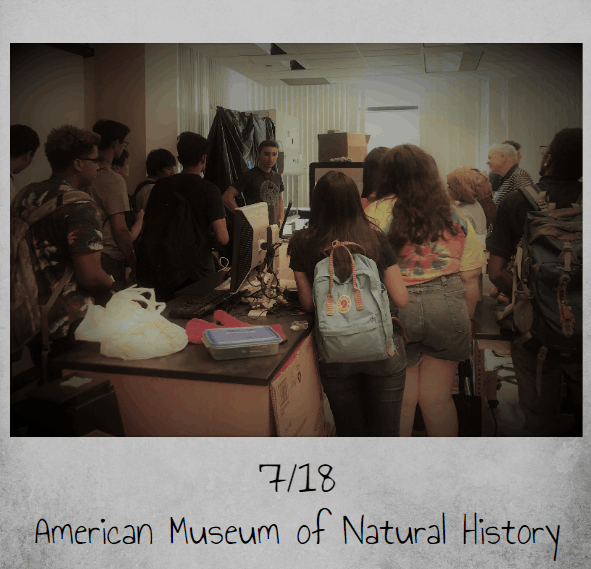

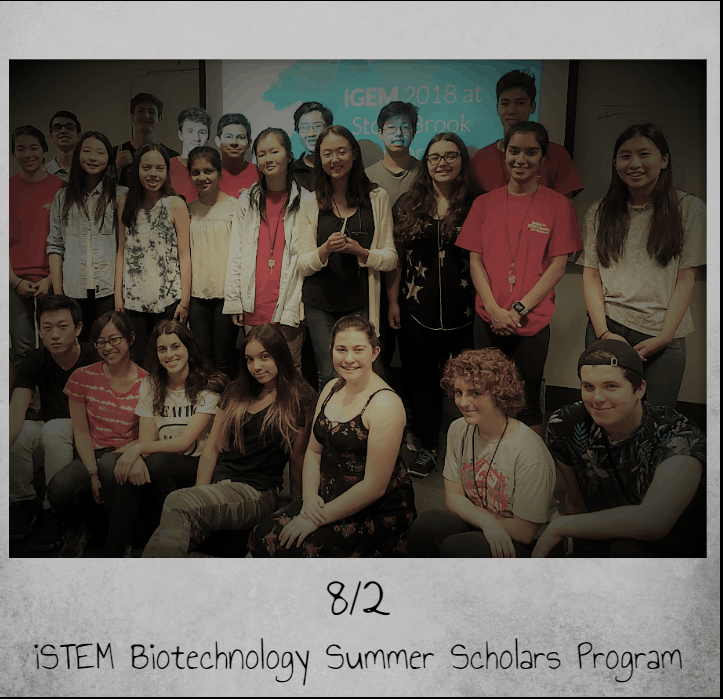


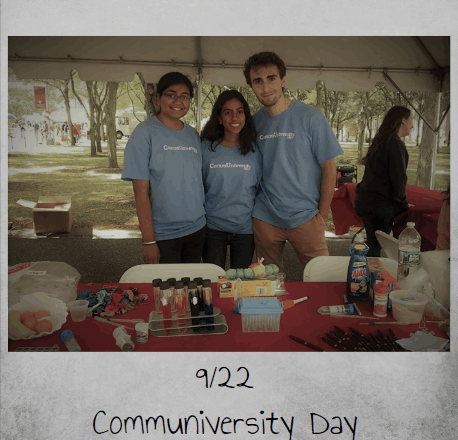
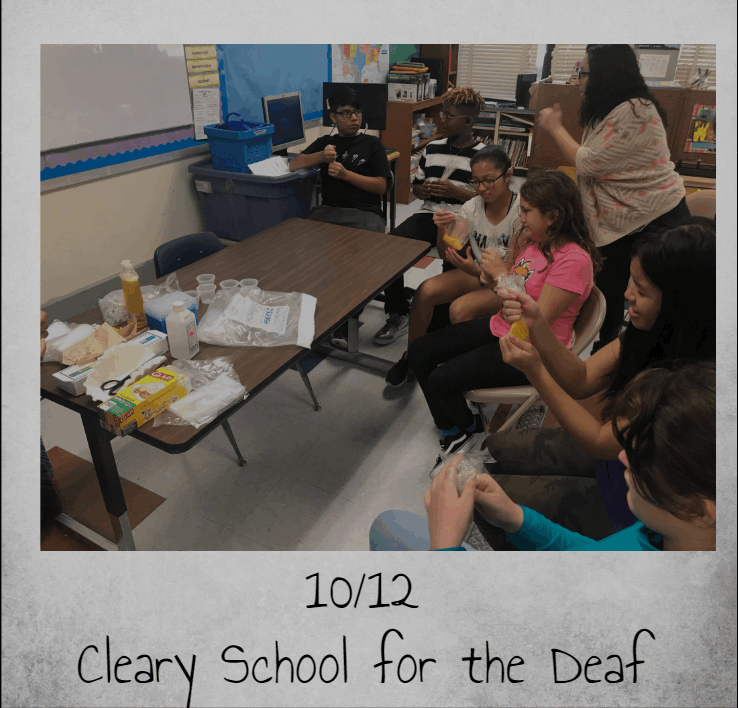

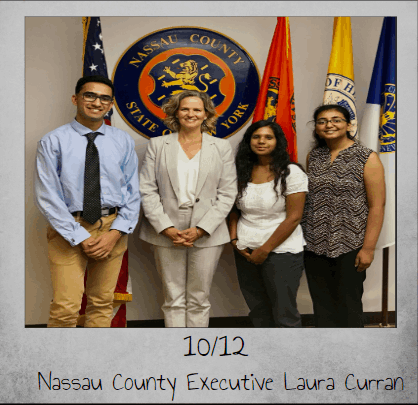
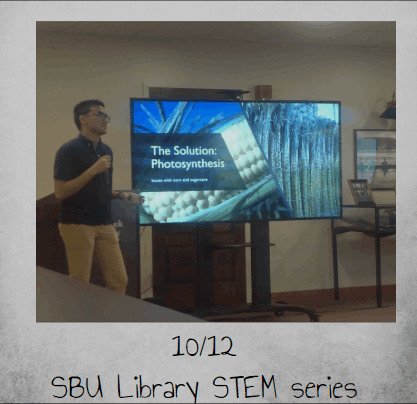
Science is not just defined by the work you do in a research laboratory. Although your experiments with culture plates and Erlenmeyer flask are important, outreach is also an essential component in the field of science. Through outreach, scientists can spread understanding to the general public.
This year, Stony Brook iGEM created a new activity to help teach kids about synthetic biology - E. coli buddies! Through this activity, children learned about transformation and the fundamental basis of synthetic biology through an interactive means. The main goal of synthetic biology is taking DNA with genes of interest and inserting them into microorganisms such as E. coli, so that they can produce the proteins that the genes code for. Before the activity, we attached velcro to the E. coli we received from Giant Microbes, as well as to cardstock. This would stand as a base for the proteins that the kids would make. At the start of the activity, we explained to the kids the structure of DNA, namely that it is double stranded and has a double helix. Then, we asked them to pick two different colored strings which they twisted together to form the helix. Then, this string was tied to the E. coli in a ring to represent transforming the organism with a recombinant plasmid. Next, we explained that the DNA encodes for proteins. The kids were able to design the proteins that their DNA coded for using pom poms, glitter, googly eyes, pipe cleaners, and beads onto the base we precut for them. In the process of this activity, the kids were able to see how synthetic biology actually works and imitate what scientists do. We were successful in educating while entertaining, ultimately allowing us to create other activities. To help future iGEM teams make activities like this, we have made our activity video publically available on YouTube in addition to posting it on our wiki. One key feature of the video is that it is searchable by a number of tags, and that our team has added closed captions allowing for greater accessibility.